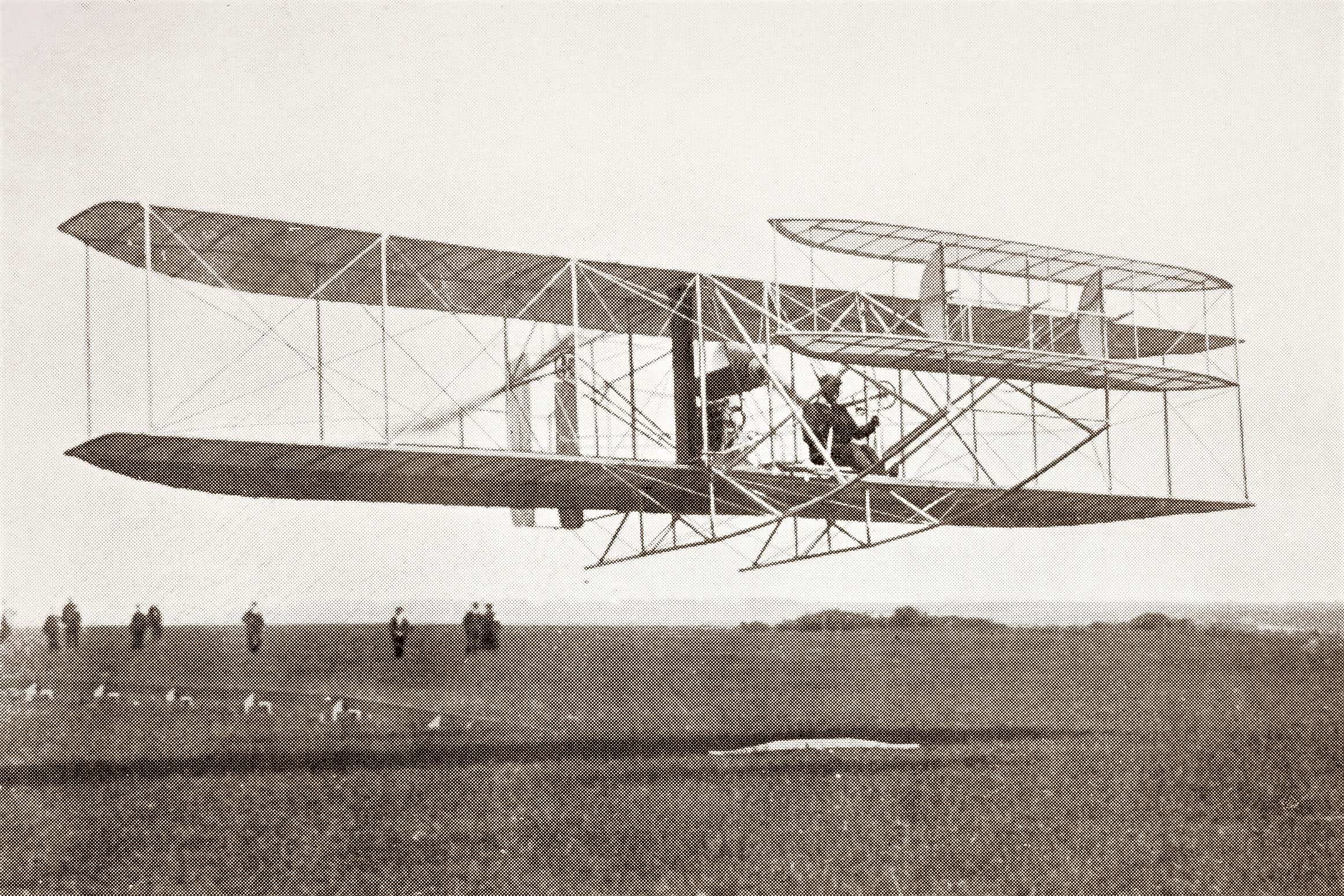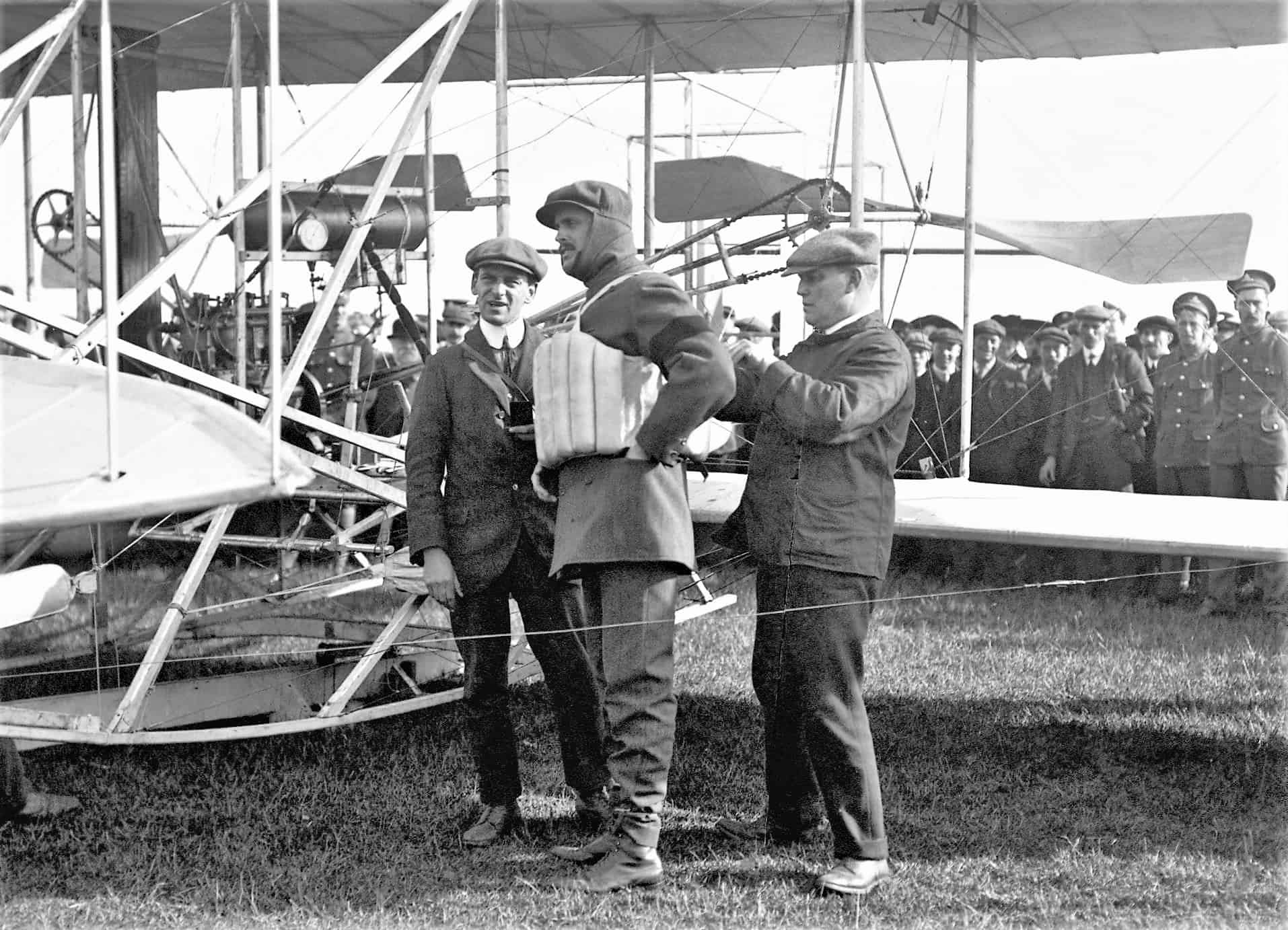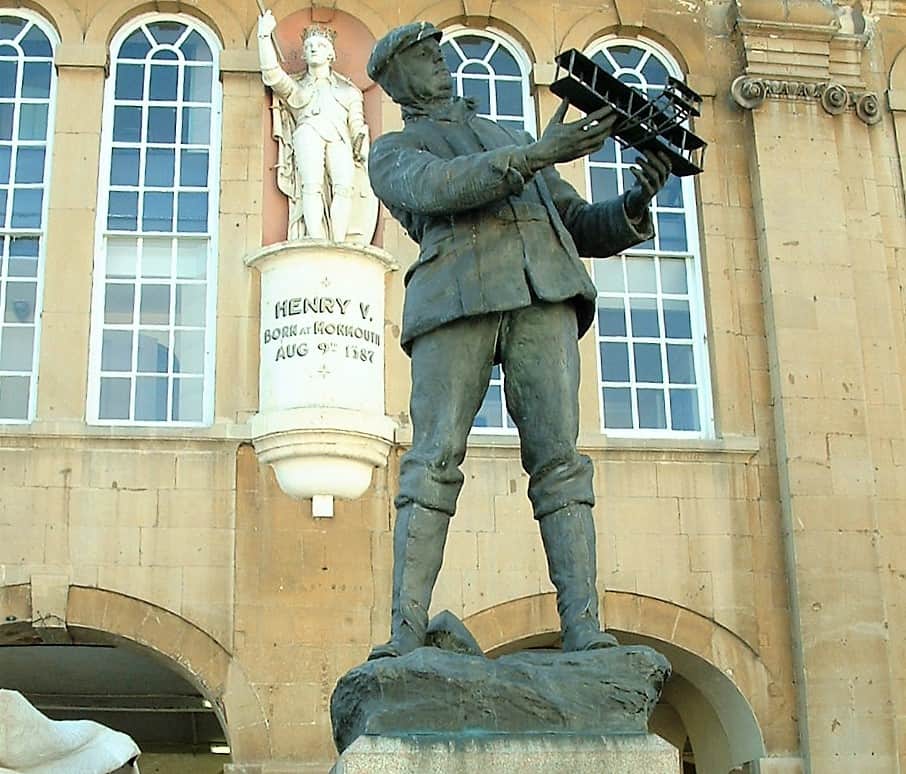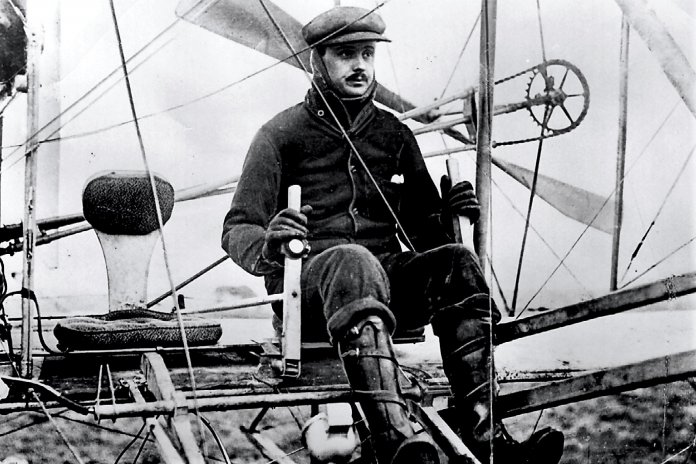Just seven years after heavier-than-air flight was initially achieved, Charles Stewart Rolls made the first non-stop flight by airplane across the English Channel from Britain to France and back again.
That historic flight took place 110 years ago, on June 2, 1910, a date that Rolls-Royce Motor Cars is commemorating as it marks 116 years since its founding by Charles Rolls and Henry Royce.
The primitive aircraft that Rolls used was a Wright Flyer not very different from the one that Wilbur and Orville Wright sent aloft in 1903 near Kitty Hawk, North Carolina. Rolls made the trip alone in the wood-wire-and-fabric aircraft, traveling from Dover to the small French town of Sangatte, where the Chunnel now emerges, and back in 95 minutes.

Upon his return to England, he even made a fanciful loop at 500 feet around the medieval castle at Dover, much to the delight of the throngs of observers.
Charles Rolls was not the first to cross the Channel by plane, that feat accomplished a year earlier by Louis Blériot, a French inventor and aviator, flying a monoplane of his own design. But Rolls was the first to make the round trip non-stop and the first Englishman to make the crossing by winged aircraft.
“The flight caused a sensation and made Rolls an instant national celebrity,” according to a Rolls-Royce news release. “The recently crowned King George V sent a personal telegram: ‘The Queen and I heartily congratulate you on your splendid Cross-Channel flight. George R.I.’ The Aero Clubs of both England and France presented him with special awards. London’s famous Madame Tussauds even began making a waxwork of him.”
The flight was not only adventurous but treacherous, the release notes.

“His sole concessions to safety were a lifejacket for himself, and four large buoyancy bags filled with compressed air lashed to the machine’s undercarriage,” the release says. “The Daily Telegraph noted laconically: ‘Happily, there was no need to test their efficacy’.”
As well as being the scion of Lord and Lady Llangattock and co-founder of Rolls-Royce Motor Cars, along with Henry Royce, Rolls was highly regarded as an early aviator.
“His flying career spanned what was then virtually the entire history of aviation,” the Rolls-Royce release says. “Born in 1877, Rolls had been fascinated by engines since his schooldays – he went on to earn a degree in Mechanical & Applied Science from Trinity College, Cambridge – and was captivated by flying from its inception.
“He was a founding member of the Royal Aero Club, initially as a balloonist, making over 170 flights and winning the Gordon Bennett Gold Medal in 1903 for the longest sustained time aloft.
“In the spring of 1909, when the Wright brothers came to England from America as guests of the Royal Aero Club, Rolls acted as their official host. A year later, he became only the second person in Britain to be awarded an aeroplane pilot’s license.”

The Channel crossing was, sadly, to be Rolls’ last flying achievement.
“Tragically, it was in such a machine that Rolls met his death just a month after his cross-Channel feat,” the release says. “On 12 July 1910, during a competition at Bournemouth, the tail-piece broke off and the aircraft plunged to the ground from a height of 100 feet, crashing close to the crowded grandstand in a tangle of spars and canvas.
“Rolls sustained a fractured skull and was pronounced dead at the scene; he was only the 12th person in history to be killed in a flying accident, and the first Briton to lose his life in a powered aircraft. He was just a few weeks short of his 33rd birthday.”
While Charles Stewart Rolls is more highly remembered today for his automotive legacy, his aeronautical exploits were crucial to advancing early aviation. A statue commemorating his short life was erected in April 1912 at Guilford Gardens on Dover’s seafront. The statue was rededicated on June 2, 1995, by the then-chairman of the Rolls-Royce Heritage Trust.
“Charles Rolls combined a fine technical mind with a bold, adventurous spirit,” said Torsten Müller-Ötvös, chief executive officer of Rolls-Royce Motor Cars. “It is no wonder that aviation and motoring held such powerful, almost magical attractions for him.
“He was a true pioneer in both fields, instrumental in the development of aeroplanes and motor cars with his record-breaking feats.”





